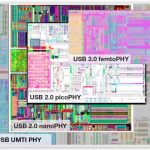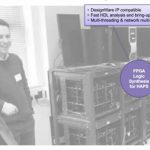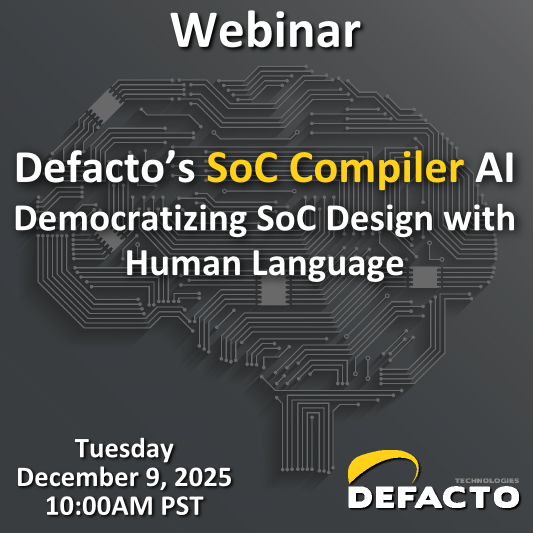Sometimes a standard is a victim of its own success, at least for a while as the economics catch up to the technology. When a standard like USB 3.0 is announced, with a substantial performance increase over USB 2.0, some of the use cases come on board right away. Others, where vendors enjoy a decent ROI with good-enough performance,… Read More
Author: Don Dingee
Another debug view in the UVM Toolbox
One of the biggest endearing qualities of a debug environment for any type of coding is availability of multiple ways to accomplish a task. Whether the preference is keyboard shortcuts, mouse left-click drill-down and right-click pull-down menus, source code view, hierarchical class view, or graphical relationship view, … Read More
IBM thinks neural nets in chip with 4K cores
Neural networks have been the darlings of researchers since the 1940s, but have eluded practical hardware implementations on all but a small scale, or an enormous one given how many processing elements and interconnects are needed. To make significant brain-like decisions, one needs at least several thousand fairly capable… Read More
Then, Python walked in for verification
Go ahead – type “open source” into the SemiWiki search box. Lots of recent articles on the IoT, not so many on EDA tools. Change takes a while. It has only been about five years since the Big Three plus Aldec sat down at the same table to work on UVM. Since then, Aldec has also gotten behind OS-VVM, and is now linked to a relatively new open… Read More
Wipe that smile off your device
Privacy is a tough enough question when using a device – but what about when we’re done with it? In a world of two year service agreements with device upgrades and things being attached to long-life property like cars and homes, your data could fall into the hands of the next owner way too easily.
“Oh, it’s OK, I wiped the phone with a factory… Read More
End-to-end look at Synopsys ProtoCompiler
Usually, we get the incremental story in news: this new release is x percent better at this or that than the previous release, and so on. Often missing is the big picture, telling how the pieces all tie together. Synopsys took on that challenge in their latest FPGA-based prototyping webinar. … Read More
CEVA creating a wearable IP platform
Processor and GPU cores usually get the limelight, driven by the ARM and Imagination machines occupying the center square of most SoC designs. CEVA has quietly been assembling DSP IP in most of the squares around the edge, and may have just reached critical mass for wearables and IoT devices.… Read More
NoCs for system-level power management
Most of the buzz on network-on-chip is around simplifying and scaling interconnect, especially in multicore SoCs where AMBA buses and crossbars run into issues as more and more cores enter a design. Designers may want to explore how NoCs can help with a more power-aware approach.… Read More
Thread is why Nest has extra 802.15.4 goodies
From last week: “Chipmakers can’t afford to wait on the sidelines, hoping their standard fare gets picked up and fits in with one of these [#IoT]teams.” This week, it’s ARM, Freescale, and Silicon Labs joining with Google and others on Thread. Yet another consortium? A lot more to this story.… Read More
Chip side of the Open Interconnect Consortium
Maybe it’s my competitive analysis gene, or too many years spent hanging out with consortium types, but I’m always both curious and skeptical when a new consortium arises – especially in a crowded field of interest. The dynamics of who aligns with a new initiative, and how they plan to go to market compared to other entities, prompts… Read More












Website Developers May Have Most to Fear From AI